
Article
AI trends in retail: the next big step or a step too far?
As marketers and retailers, we have been faced with many technological challenges in the past couple of decades such as the switch to digital and the rise of the mobile phone. Now, AI is slowly but steadily finding its place in the market, but the big question remains: are customers ready to adopt these recent technologies? Our expert Jan Teerlinck of Dignify (part of Customer Collective) discussed some recent innovations with +200 retail specialists at the annual Retail Detail Day and asked for their opinion.
You probably saw the incredible deep fake performance of Chris Umé at the popular “America’s Got Talent” talent show, where opera singers got the face of the jury members using deep fake AI technology. Not only did it almost win him the gold medal, but it also shows the rapid evolution and endless possibilities of Artificial Intelligence. In the retail landscape, many innovations have already been launched and we will give you an overview of some high potential innovations.
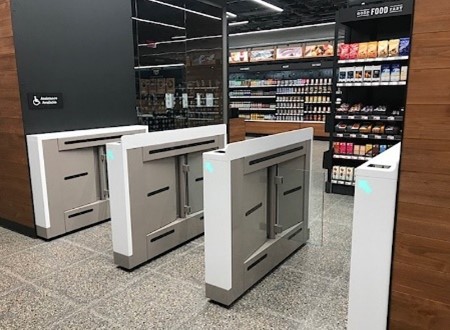
Cashier less checkout: When entering a shop, you scan a QR code that opens a bill and then tracks your shopping cart using in-store cameras and when you are done it pays automatically. This technology has been tested and works very well. Important note: no biometrical data is kept by the store; the camera’s solely track the distance between the joints as to distinguish between a ‘resting hand’ and a ‘grabbing hand’!
Opinion of our retail experts: the majority of the audience said that they see this being implemented on the short term. Seems like a great solution but are people comfortable with being tracked by cameras in store?
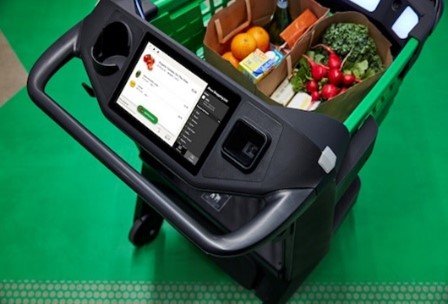
Smart cart: This smart little wagon automatically detects what you put in your shopping cart. Instead of having a ton of cameras on the ceiling tracking you through the store, this approach puts a camera in each shopping cart that looking at what you put in your cart. It’s appealing to consumers that love convenience, yet don’t feel comfortable by being tracked through the store. Many retailers are experimenting with this to learn from customer feedback. However, this smart cart can easily cost up to thousands of euros. Storing it in a parking, or letting shoppers take it to their car may not seem like a clever idea. The cart is worth more than any groceries you could ever put into it.
Opinion of our retail experts: only a minority of the audience predict that this will happen in the near future. It’s a better solution than the cashier less check-out in terms of privacy but retail experts have questions on its feasibility.
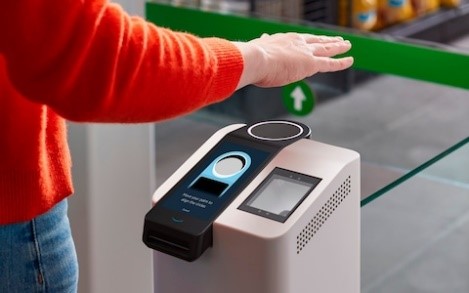
Biometric identification & payment: recently there has been an increase of people paying with their phone, but what if we also could make this obsolete and work with biometric data, such as a hand palmor an eye scanner to pay?
Opinion of our retail experts: almost everyone agrees that it is just a matter of time before we will be using this on a large scale, so make sure to be prepared!
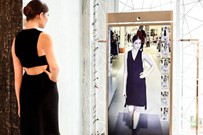
Smart mirror: trying on clothes using a smart mirror isn’t new but still we don’t see it implemented on a large scale. Using an avatar with your measurements to try on clothes (even at home) seems like a much easier implementable idea.
Opinion of our retail experts: here, opinions vary. For adept shoppers, this technology will not come close to the ‘real thing’. However, it does make it easier to ask for friends’ opinions on whether to buy that new item: just send them a virtual version of yourself wearing the piece. Pros and cons: the audience is divided.
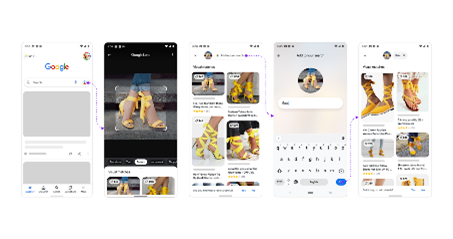
Google Multisearch: Take a picture of someone wearing a nice pair of sneakers using the Google Lens and you can instantly find and order them. Or scan the cookies shelf with your camera to find the one with the lowest amount of sugar using scene exploration. A bit new to the older generation but hot and booming for our GenZ youngster. This one is there to stay!
Opinion of our retail experts: Although new to many of them, they definitely do see easy to implement uses of this technology. To be continued!

All in all, the future looks very promising! Now it’s up to marketers and data architects alike to make it happen – without losing sight of the pace of our customer: they might need a bit more convincing or explanations. . If you want to be inspired about the latest trends, frameworks, and case studies, make sure to subscribe to our newsletter!